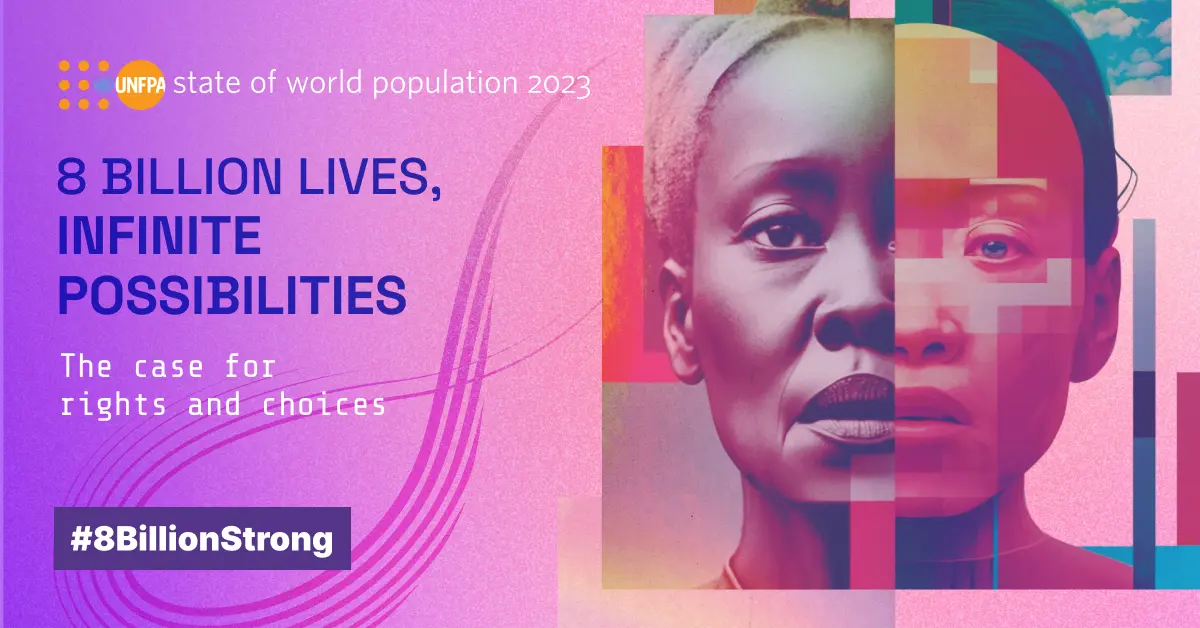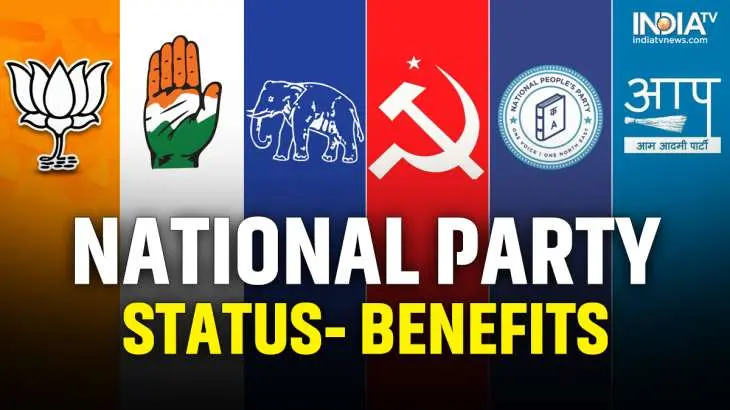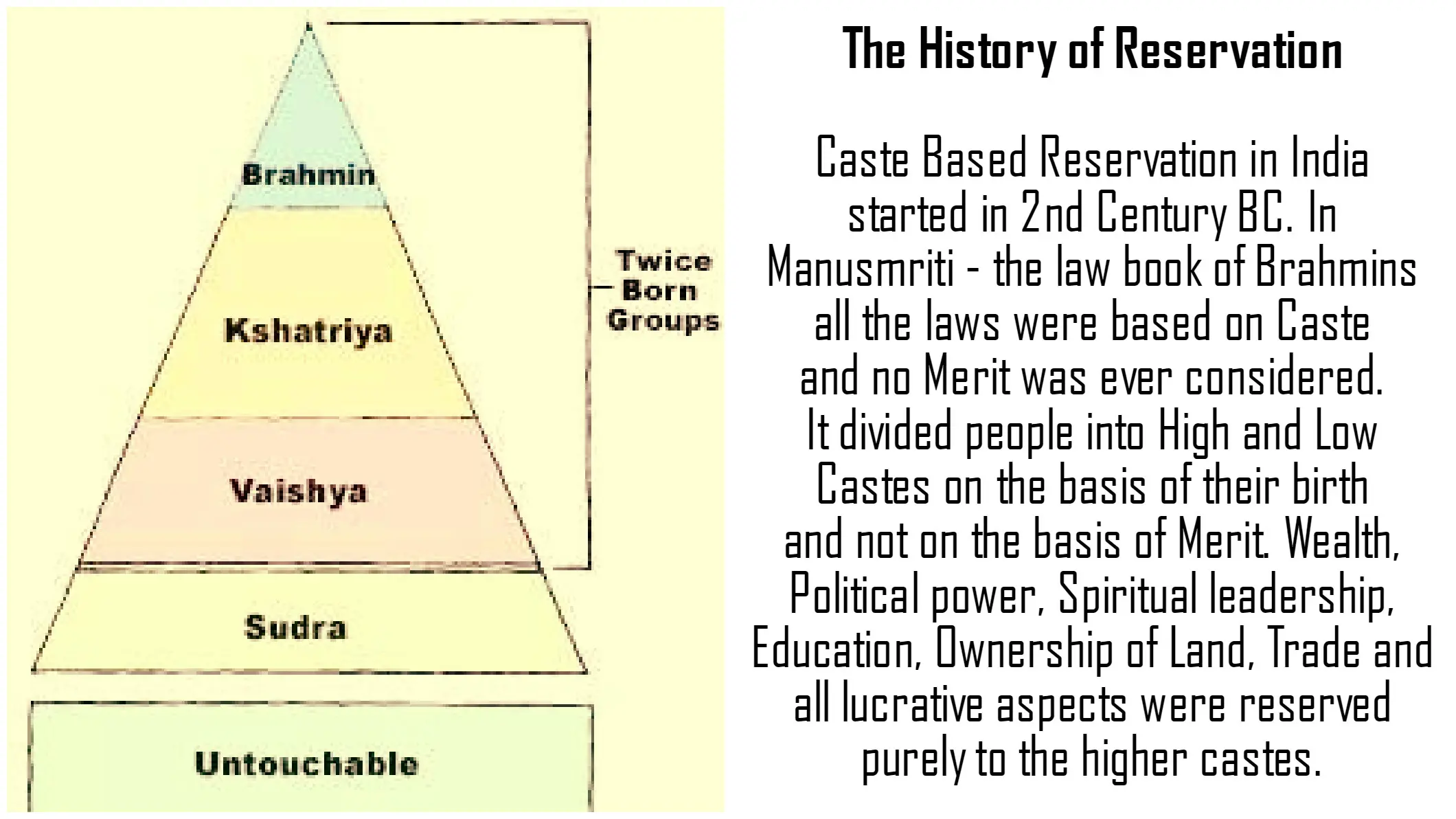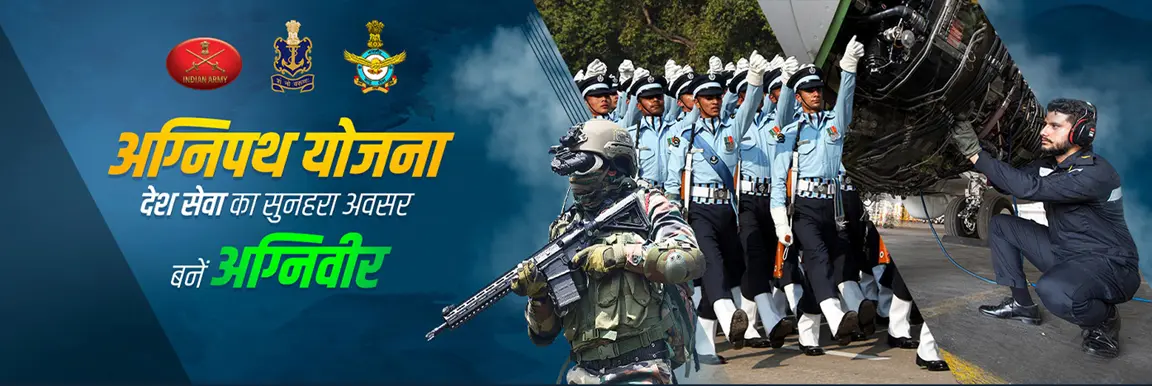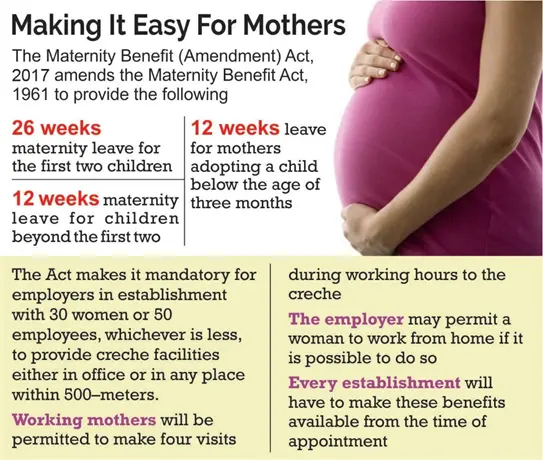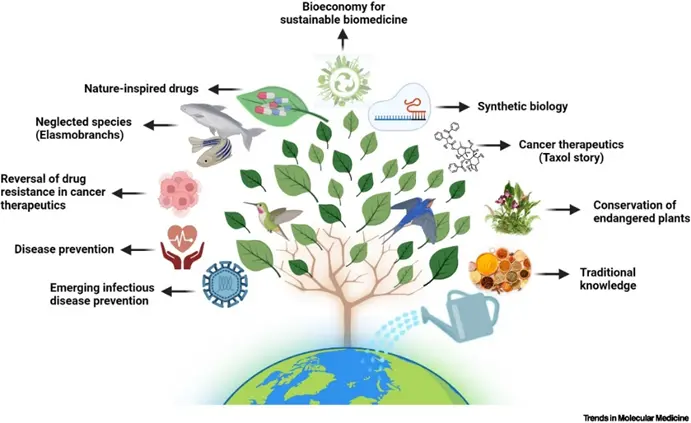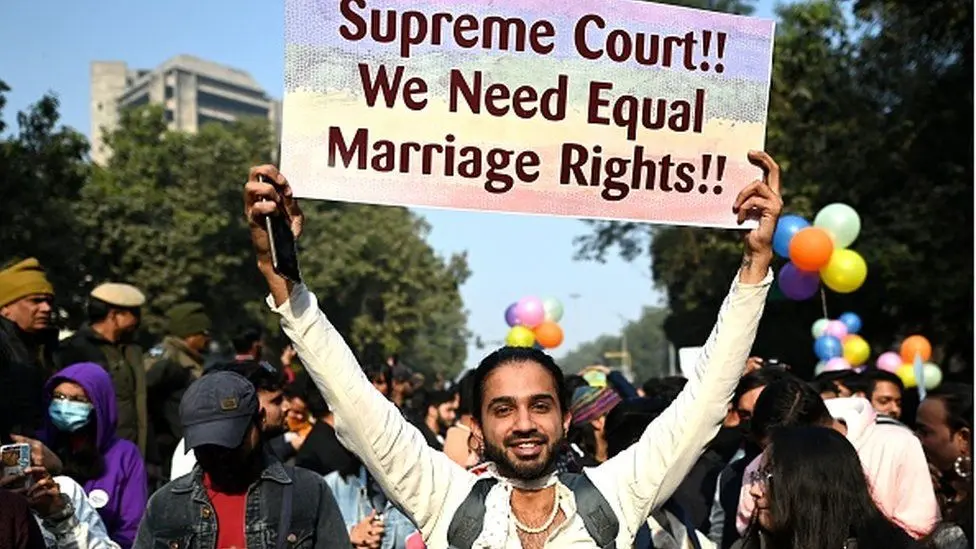
Same-sex marriage’s legal recognition in India: What the petition in the SC says
A Constitution bench consisting of five judges has been established by the Supreme Court to hear a group of petitions that request legal recognition of same-sex marriages in India. The Supreme Court referred the petitions to the Constitution bench as the matter raises significant questions. The reference order issued by a three-judge bench led by the Chief Justice of India stated that the arguments presented involve a complex interaction between constitutional rights, various legislative acts (including the Special Marriage Act), and the rights of transgender couples.The CaseThe plea filed in the Supreme Court is for the legal recognition of same-sex marriages in India.The plea is based on the case of Supriyo and Abhay, a same-sex couple who had a commitment ceremony, but they do not enjoy any of the rights that married couples do.Married couples are entitled to adoption rights, benefits under employment statutes, inheritance, maintenance, tax benefits, and more. These rights are denied to same-sex couples.The plea argues that state protection for a spouse continues even after their death, as their widow or widower and children can receive pension or compassionate appointments.However, the same-sex couple in the plea will not be able to avail of legally accrued benefits from laws such as the Transplantation of Human Organs Act, which only allows near relatives to object to the use of a deceased's body for therapeutic purposes or organ donation.Similarly, Section 80 of the Income Tax Act, 1961, allows for the deduction of certain sums for computing the total income of an assessee when such sums are paid on behalf of a spouse, which the same-sex couple is unable to receive.The plea argues that excluding same-sex couples from marriage is constitutionally impermissible and places a burden on them.The plea seeks the right to marry for same-sex couples, which will bring with it a host of rights, privileges, and obligations bestowed and protected by the law.The plea is based on a series of previous rulings of the Supreme Court upholding the rights of LGBTQ persons. Earlier Judgements of the Supreme CourtThe plea relies on three Supreme Court judgments – ‘Lata Singh vs State of UP’ in 2006, ‘Shafin Johan vs Asokan K.M.’ in 2018, and ‘Laxmibai Chandaragi B. vs State of Karnataka’ in 2021– to argue that an adult person has the right to marry a person of their choice under Article 21 (right to life).The plea draws attention to the 2017 ruling in 'KS Puttaswamy vs Union of India', where the court held that the rights of LGBTQ persons are real rights founded on sound constitutional doctrine and inhere in the right to life, dwell in privacy and dignity, and constitute the essence of liberty and freedom.In 'Navtej Singh Johar & Ors. vs UOI', 2018 ruling the SC held that members of the LGBTQ community are entitled to the full range of constitutional rights, including the liberties protected by the Constitution.The court held that the choice of whom to partner, the ability to find fulfilment in sexual intimacies, and the right not to be subjected to discriminatory behaviour are intrinsic to the constitutional protection of sexual orientation.The plea also notes that constitutional courts across the country have protected LGBTQ couples who approached them following the SC's decision in 'Johar'. Legislations and initiatives referred to in the pleaThe plea seeks inclusion of same-sex couples for benefits given to married couples by legislations such as the Special Marriage Act, 1954 which currently does not have gender or sexual orientation as a criterion.The Special Marriage Act of 1954, which was introduced to provide a civil form of marriage to couples who cannot marry under religion-specific personal laws, is challenged for discriminating towards same-sex couples.The plea seeks a judicial review, stating that non-recognition of same-sex marriage violates rights under Articles 14, 15, 19, and 21 of the Constitution.The eligibility requirements under Section 4 of the SMA, which include both being over 21 years of age, not married to another person, and not within the degree of prohibited relationship under Schedule 1, are met by both petitioners.The only reason preventing their marriage is their belonging to the same sex, as stated by the plea.The plea refers to legislations and initiatives such as the Payment of Gratuity Act 1972, Payment of Wages Rules 2009, the Employee’s Provident Fund Scheme 1952, the Pradhan Mantri Shram Yogi Maan Dhan Yojana under the Unorganised Workers’ Social Security Act 2008, the Indian Evidence Act 1872, the Juvenile Justice Act 2015, and the Surrogacy Regulation Act 2021 and the Assisted Reproductive Technology (Regulation) Act 2021, which provide benefits solely to legally wedded spouses. BackgroundIn 2014, the Supreme Court recognised a transgender person’s right to self-identify their gender as male, female or the third gender.Further, the Court directed central and state governments to grant legal recognition to transgender persons, address social stigma and discrimination faced by them, and provide social welfare schemes for them.In 2019, the Transgender Persons (Protection of Rights) Act was passed.The Transgender Persons (Protection of Rights) Act, 2019 states that a person who is recognised as ‘transgender’ shall have the right to ‘self- perceive’ their gender identity.Once a person identifies as transgender, they may apply for a Certificate of Identity issued by a District Magistrate. Such a certificate will be proof of their identity as ‘transgender’ and confer rights and benefits under the Act.Following the notification of the Act, the government circulated the Transgender Persons (Protection of Rights) Rules, 2020.The Draft Rules specify the manner, form and process by which persons may apply for a certificate, and in which the certificate will be issued. The Draft Rules state that to apply for a Certificate, applicants must provide –an application form,an affidavit declaring themselves to be transgender, andreport from a psychologist of a government hospital. Based on these documents, the District Magistrate may certify the applicant as transgender. Transgender Persons (Protection of Rights) Rules, 2020The Rules outline the application process and issuance of a Certificate of Identity for transgender individuals.The Certificate of Identity is issued by a District Magistrate and confirms a person's transgender identity. To apply, one must submit an affidavit, application form, and psychologist's report.The District Magistrate may only issue a Certificate to someone who has been a resident of the area for at least one year prior to the application.A comparison of rule-making powers between the Transgender Persons (Protection of Rights) Act, 2019 and the 2020 Rules is as below: ProvisionsRule-making powers under the ActSpecification in the Draft RulesApplication for Certificate of IdentityThe manner and form in which an application is made to the District Magistrate for a Certificate of Identity.Any additional documents that may be required.Application includes a report of a psychologist employed at a government hospital, application form, and affidavit.Issuance of Certificate of IdentityThe procedure, form, manner and time period within which the District Magistrate must issue the Certificate of Identity.The Certificate must be issued within 60 days. The District Magistrate will also issue a transgender identity card.The District Magistrate may only issue Certificates to applicants that have been residents of the area under his/her jurisdiction for one year on the date of application.The gender and name (if required) of the transgender person must be changed in all official documents as per the Certificate within 15 days of an application being made to this effect.Application for revised Certificate of IdentityThe manner and form in which an application is made to the District Magistrate for a revised Certificate of Identity after a person undergoes sex reassignment surgeryApplication must include an application form and a certificate by the Medical Superintendent or Chief Medical Officer of the institution in which the surgery took place.Issuance of revised Certificate of IdentityThe procedure, form, manner and time period within which the District Magistrate must issue the revised Certificate of Identity.A revised Certificate of Identity must be issued indicating the gender of the person as male or female within 15 days of receipt of application.A revised identity card will also be issued.Welfare measuresWelfare measures to protect the rights and interests of transgender persons and facilitation of their access to welfare schemes.The appropriate government must:review existing welfare measures and schemes to include transgender persons, ensure welfare schemes, programmes and subordinate legislation are non-discriminatory towards transgender persons,take adequate steps to prohibit discrimination towards transgender persons, andeducate transgender persons on benefits available to them.FacilitiesFacilities that establishments must provide for transgender persons.The appropriate government must create facilities, such as rehabilitation centres, HIV surveillance centres, separate hospital wards and separate wash rooms in establishments for transgender persons within two years from notification of rules.National Council for Transgender PersonsAdditional functions of the National Council for Transgender PersonsThe National Institute of Social Defence, under the Ministry of Social Justice and Empowerment, will act as the secretariat to the National Council for Transgender Persons. The central government will provide grant-in-aid to the National Institute of Social Defence for providing this function.Any other matter that may be prescribedAny other matter that may be prescribed.If an application for Certificate of Identity is rejected, the applicant may appeal the decision within 30 days from the date of rejection. Appeals will be directed to the appellate authority designated by the appropriate government.If an application for Certificate of Identity is made with an intention to falsely obtain the status of transgender, the applicant may face penalties. Key Issues Issues with the requirement of a psychologist's report for a Certificate of Identity application for transgender persons are:The purpose of the psychologist's report is unclear since the Act specifies that a person has the right to self-perceive their gender identity, and the District Magistrate's role is to issue a certificate to any person that self-identifies as transgender.The content of the psychologist's report is not specified, and it is unclear what additional information it will provide beyond the self-declaration in the affidavit.There is a shortage of clinical psychologists, and the requirement that the report should be from a psychologist of a government hospital may make it difficult for transgender persons to obtain a report when applying for certification. Moreover, psychologists are not certified or regulated by any statutory body, which could lead to inconsistency across government hospitals in determining which persons qualify to provide reports.The requirement that the applicant must be a resident of the area for one year before submitting an application may increase the burden on transgender persons to apply for a Certificate of Identity, especially given the ostracization that the community faces.The purpose for collecting and sharing certain data is not specified in the application form for a Certificate of Identity, and it is unclear why such information is required for the certification of a person as transgender.The penalty for making a false application is not specified in the Rules.The Rules require an affidavit to be submitted by an applicant to declare their identity as a transgender person, but also impose a penalty for falsely obtaining transgender status, making it unclear on what basis authorities may determine false applications.Welfare measures for transgender persons, such as inclusion in existing welfare schemes and non-discriminatory treatment, have not been specified in the Rules.The Rules mandate the provision of separate washrooms for transgender persons in establishments, but it may be difficult for the government to implement this for all private and public establishments.The process for determining gender after sex-reassignment surgery is unclear in the Rules, as the application form only allows for selecting 'transgender' as gender of choice, but the revised identity card issued declares the person's gender as 'male' or 'female'. [Ref- IE]











